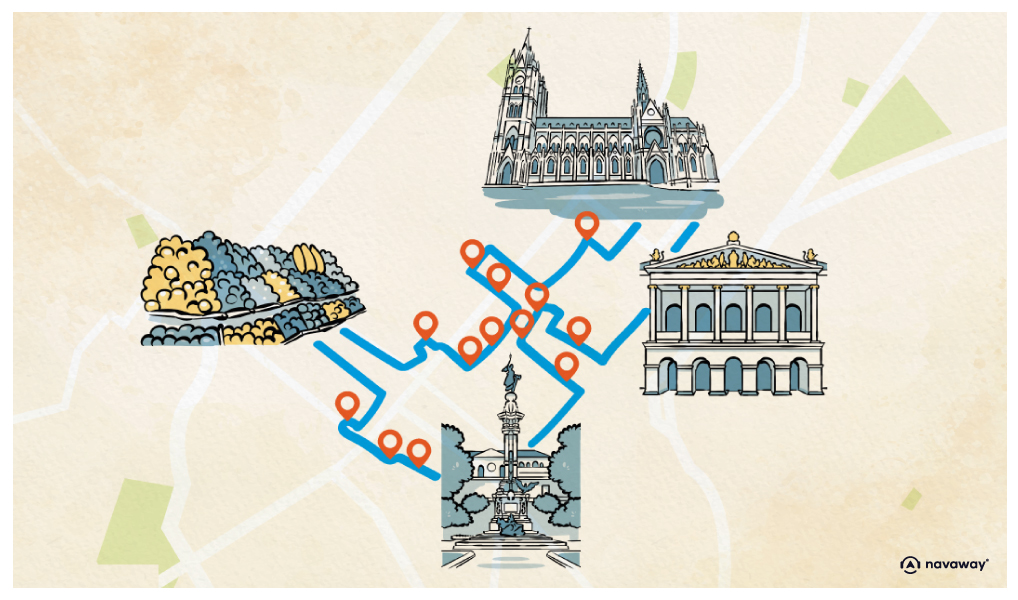
Okuda Mural
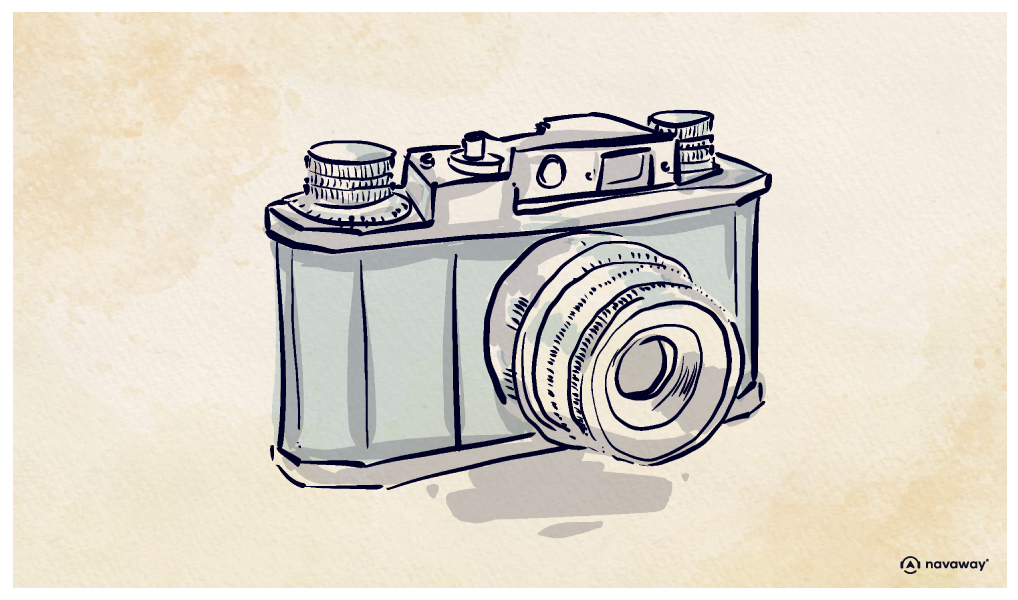
This point of interest is available as audio on the tour: Visit Quito, Lost in the Andes
This vibrant mural is the work of Spanish artist Óscar San Miguel, better known as Okuda, whose signature pop-surrealist style is instantly recognizable — bold colors, geometric patterns, and layered symbolism that blends visual spectacle with deeper meaning. His art often explores contradictions and humanist themes, inviting viewers to reflect on the human condition. This particular mural was created to commemorate the bicentennial of the Battle of Pichincha in 1822 — a pivotal moment in the struggle for independence that led to the defeat of Spanish forces and the liberation of Quito. The piece was a gift from the Spanish Embassy in Ecuador and was unveiled at a public event attended by the mayor, embassy officials, and other city representatives. Okuda’s intent was to honor Ecuadorian culture, with special emphasis on traditional female artisans and embroiderers — but it wasn’t the homage that made headlines. It was Pikachu. Yes, the appearance of the iconic Pokémon character in the mural sparked an uproar online, with critics calling it disrespectful and out of place. The backlash was so strong that the city had to issue an official statement explaining that Okuda is a globally recognized artist who frequently incorporates pop culture figures into his work, that Pikachu had appeared in several of his previous pieces, and that the mural was not meant to depict the actual Battle of Pichincha. Most importantly, they clarified that the artwork was entirely funded by the Spanish Embassy — not the city. Despite the explanations, Pikachu remains a polarizing presence. Some see it as a clumsy misstep, while others believe Okuda deliberately juxtaposed symbols of ancestral heritage with icons of global capitalism to spark conversation about identity, culture, and globalization. Whether you find it provocative or perplexing, there’s no denying the mural gets people talking. It’s part of CaminArte, a city initiative aimed at reimagining urban heritage through public art — and if nothing else, this piece has certainly done that. Let’s see how future murals are received!


Discover Quito with app
An interactive guide through the most beautiful streets, squares, and districts
19 fun audioguides full of historical facts, anecdotes, and legends
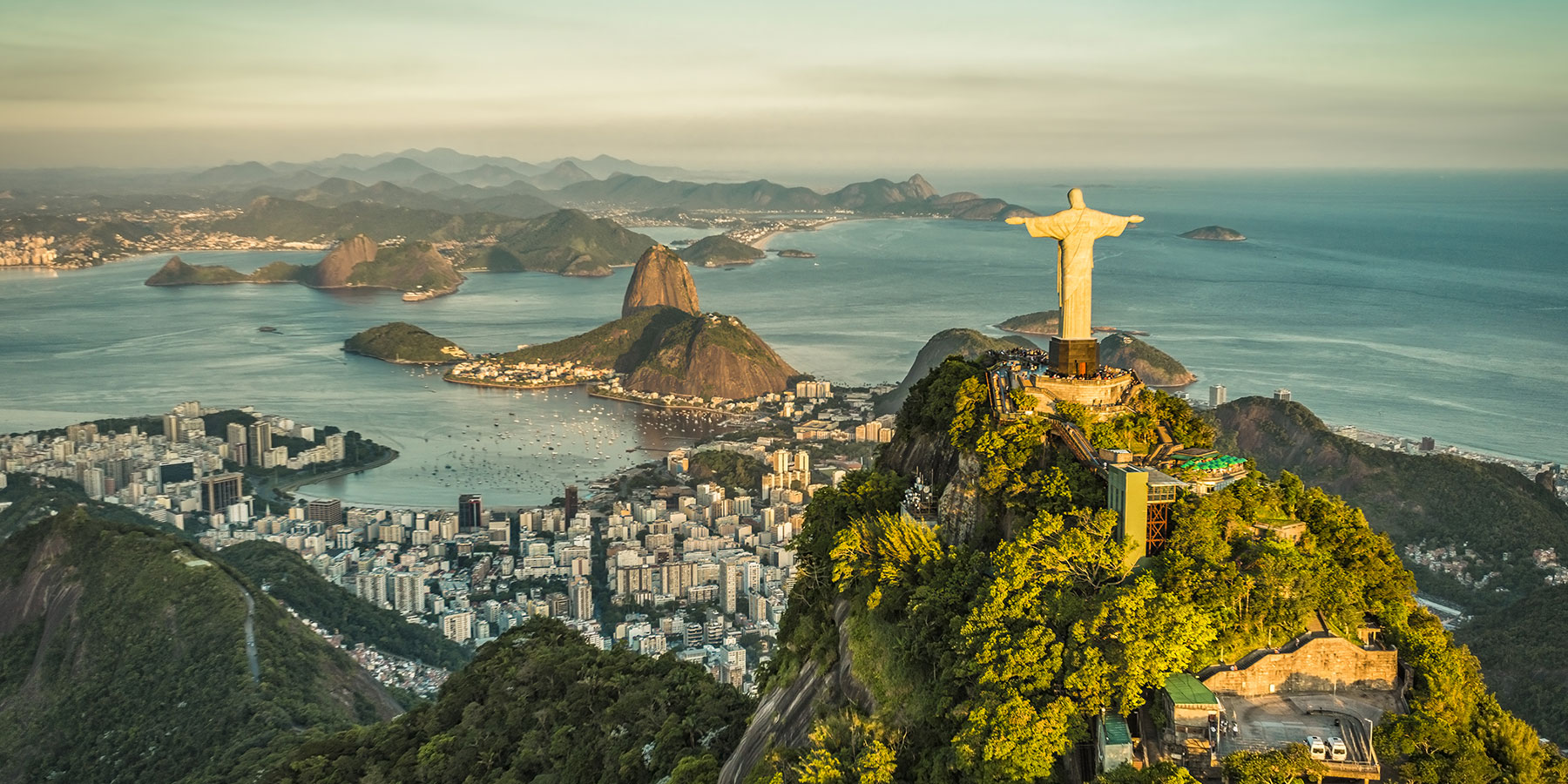
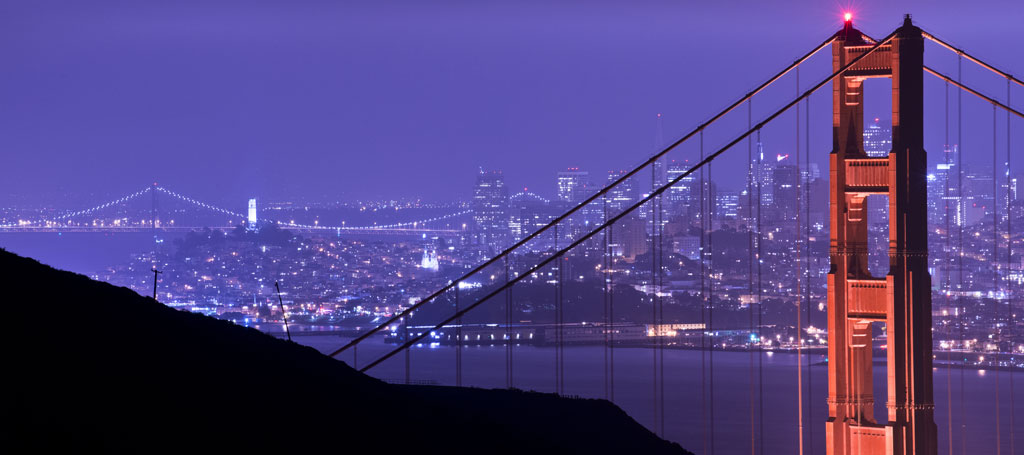
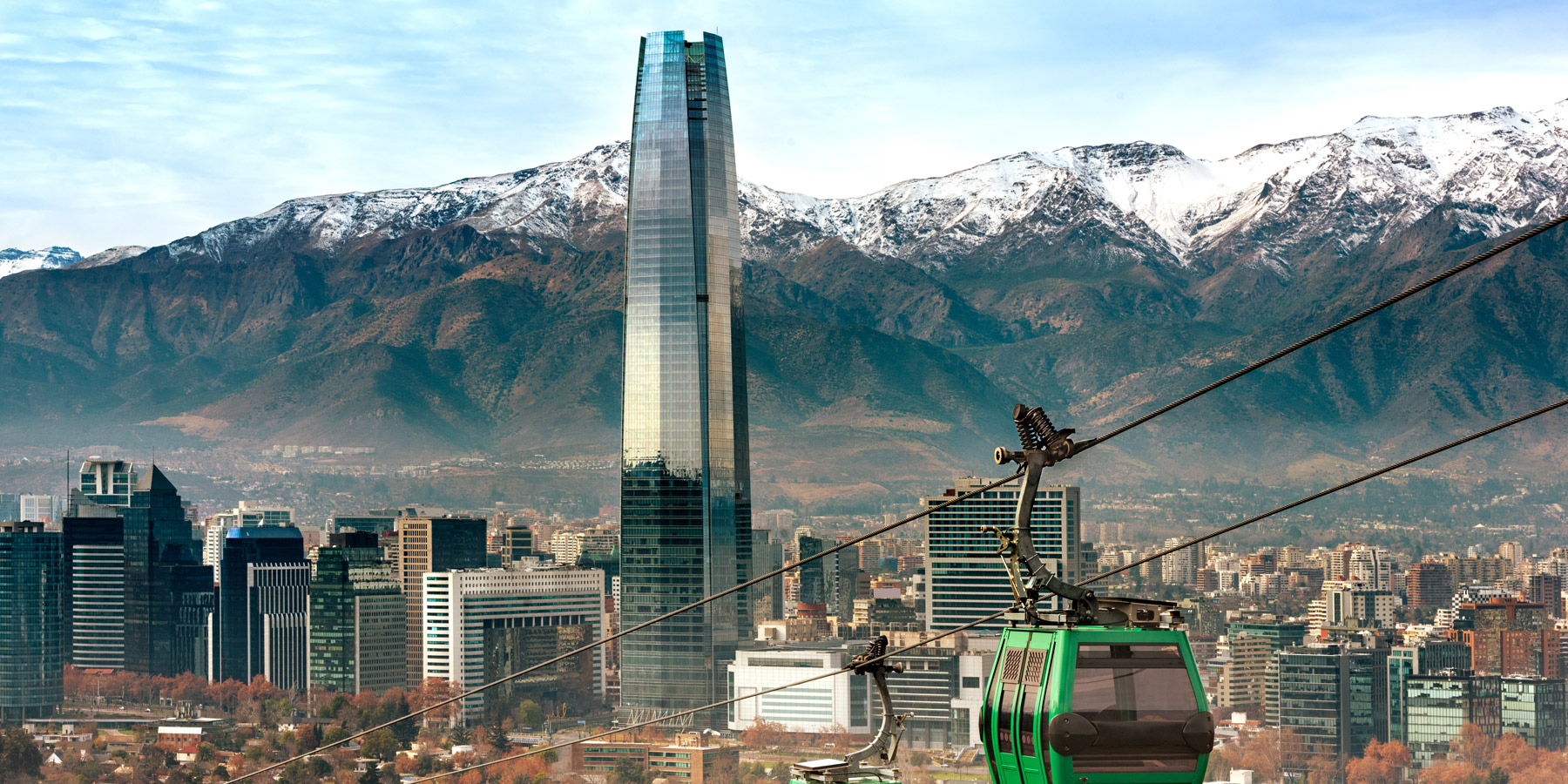
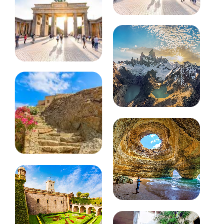

Comments